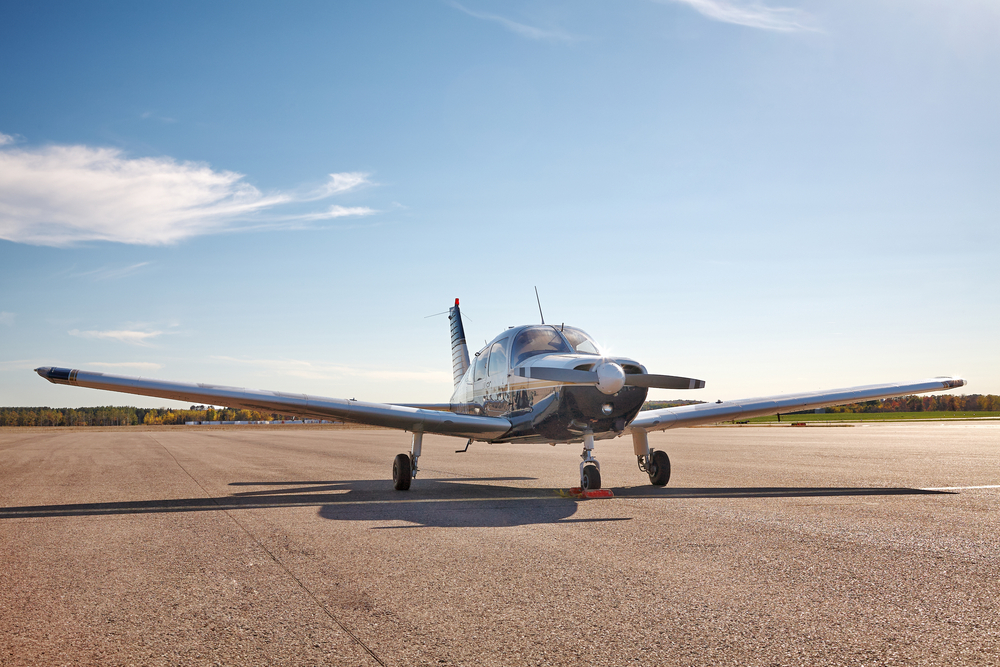Is It Hard to Become a Pilot?
The path to becoming a pilot is well-structured. It involves several steps and requirements. These range from educational prerequisites to licensing exams and practical flight experience. Understanding each phase can demystify the journey.
Education and Basic Requirements
Becoming a pilot usually starts with a high school diploma or equivalent. Subjects like math and science can be particularly useful. Many aspiring pilots also pursue a college degree. While not always mandatory, it can be helpful.
Age requirements vary by country but generally, you need to be at least 16 years old to get a student pilot’s license. To become a commercial pilot, you must be at least 18.
Physical Fitness
Pilots must meet certain physical criteria. This includes regular medical examinations. A key component is vision. You’ll need at least 20/40 vision in each eye, with or without correction. There are also requirements for hearing and overall health.
The Federal Aviation Administration (FAA) in the United States provides different classes of medical certificates. For instance, a first-class medical certificate is often required for airline transport pilots.
Flight Training
Flight training is essential. This typically starts with earning a private pilot’s license (PPL). You’ll need a minimum of 40 flight hours, although many students log more hours before they are ready for the test. Training includes both dual instruction with a flight instructor and solo flying. You learn basic maneuvers, navigation, and emergency procedures.
After obtaining a PPL, the next step is an instrument rating. This allows you to fly under various weather conditions and without visual references. Training for this rating involves about 40 additional hours.
Licensing and Certifications
The commercial pilot’s license (CPL) is the next milestone. It requires at least 250 flight hours. The training includes more advanced maneuvers, night flying, and cross-country flights. You must also pass a written knowledge test and a practical flight test.
To fly for airlines, you’ll need an Airline Transport Pilot (ATP) certificate. This is the highest certification and requires a minimum of 1,500 flight hours. Specific requirements can vary, but a comprehensive knowledge test and a rigorous check ride are standard.
Time Commitment
Flight training often takes several months to a few years, depending on your schedule and weather conditions. It’s a time-intensive process that requires dedication. Many students train part-time, balancing it with work or school. Full-time programs can accelerate the timeline but may require substantial financial planning.
Cost
Becoming a pilot is a significant financial investment. Private pilot training can cost from $8,000 to $15,000. The instrument rating can add another $8,000 to $12,000. A commercial pilot’s license can range from $20,000 to $30,000. An ATP certificate can cost additional thousands, depending on the flight hours required.
Several financial aid options exist, including scholarships and loans. Some regional airlines or flight schools offer programs that help with training costs in exchange for future employment commitments.
Theoretical Knowledge
Flying requires not just practical skills but also a strong grasp of theoretical knowledge. Subjects include meteorology, aerodynamics, flight planning, and aviation law. These are covered in ground school, either as part of flight training or through dedicated courses.
You’ll also need to pass written exams. These tests assess your knowledge of the various theoretical aspects of flying. Continued education and certification renewals ensure pilots stay updated with the latest regulations and best practices.
Skills and Attributes
Pilots need excellent communication skills. They interact regularly with air traffic control and crew members. Decision-making under pressure is another crucial skill. Weather changes, technical issues, or other unexpected challenges require quick, effective responses.
Attention to detail is vital. Pilots need to follow checklists and procedures strictly to ensure safety. Adaptability and continuous learning are also important. The aviation industry evolves, and pilots must keep up with new technologies and regulations.
Job Market and Career Prospects
The demand for pilots fluctuates with the aviation industry. Factors include economic conditions, airline growth, and retirements. Generally, there is a steady demand for pilots, particularly as many current pilots near retirement age.
Career paths vary. Many start as flight instructors to build hours. Others find positions in regional airlines before moving to major carriers. There are also opportunities in corporate aviation, charter services, and cargo transport.
Global Regulations
Aviation regulations can vary by country, but there are international standards set by the International Civil Aviation Organization (ICAO). For instance, European pilots follow the regulations set by the European Union Aviation Safety Agency (EASA). Despite differences, the core principles and requirements are often similar worldwide.
Continued Training and Certifications
Pilots need to undergo recurrent training and checks throughout their careers. Airline pilots typically have annual proficiency checks and simulator training. This ensures they remain competent and current with procedures and regulations.
Challenges and Rewards
The journey to becoming a pilot involves challenges. It requires a significant time and financial commitment. The training is rigorous, and the responsibility is substantial. However, the rewards can be equally great. The joy of flying, the opportunities for travel, and the potential for a lucrative career attract many to this field.
